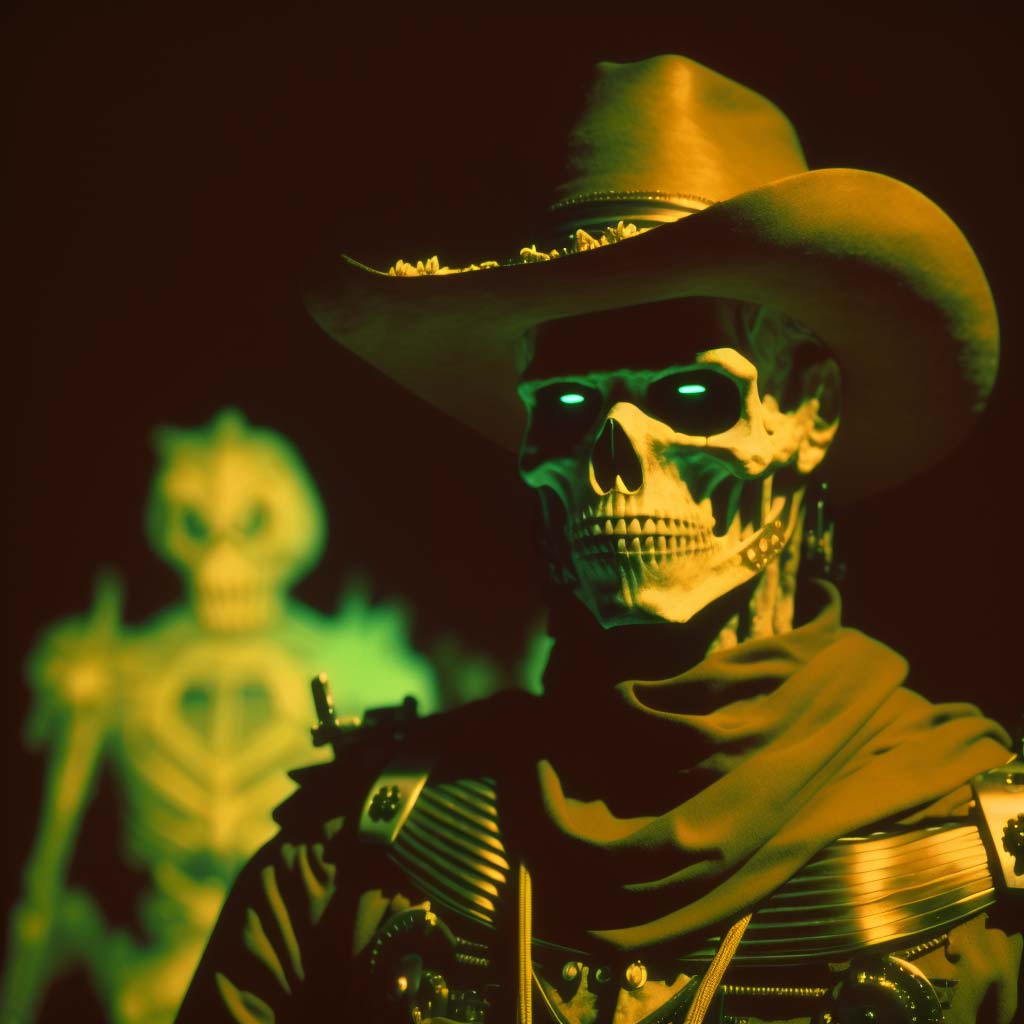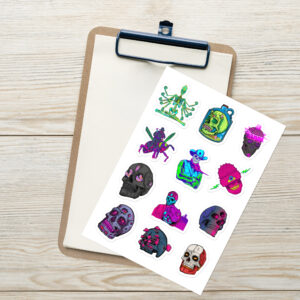Unveiling the Symbolism of Skull Art: Exploring Memento Mori and Beyond

Skull art has a profound and enduring symbolism that spans across cultures and centuries. From ancient civilizations to contemporary artists, the depiction of skulls in artwork has evoked both fascination and contemplation. In this article, we embark on a journey to unravel the symbolism behind skull art, delving into the concept of Memento Mori and exploring how contemporary skull artists continue to push boundaries and breathe new life into this age-old symbol.
- The Roots of Skull Symbolism
The symbolism of skulls dates back to ancient civilizations, where they represented themes of mortality, transformation, and spirituality. In various cultures, skulls have been used to honor the dead, invoke protection, or serve as reminders of the impermanence of life. The concept of Memento Mori, Latin for “Remember that you will die,” highlights the transient nature of existence, urging individuals to embrace the present moment and live life to the fullest.
- Skull Art as a Reminder of Mortality
Skull art, rooted in the Memento Mori tradition, serves as a visual reminder of the inevitability of death. Artists employ different mediums and styles to create thought-provoking pieces that explore the human condition and the passage of time. These artworks challenge viewers to contemplate their own mortality, prompting introspection and a deeper appreciation for the fleeting nature of life.
- Evolution of Skull Art in Contemporary Culture
In contemporary culture, skull art has evolved beyond its traditional connotations. Artists today use skulls as a medium for self-expression, rebellion, and exploration of deeper themes. Skull artists employ various techniques, such as hyperrealism, surrealism, or graffiti, to create striking and evocative pieces that resonate with diverse audiences. Through their art, these skull artists breathe new life into an ancient symbol, infusing it with modern interpretations and pushing the boundaries of artistic expression.
- Skull Art and the Rock Culture Connection
Skull art and the world of rock music have long been intertwined. The rebellious spirit and edginess associated with rock culture find a powerful symbol in the skull. Many rock bands incorporate skull imagery into their album covers, merchandise, and stage props, using the potent symbolism to convey themes of rebellion, mortality, and a raw, untamed energy. Skull artists contribute to this cultural connection, creating illustrations and designs that resonate with rock enthusiasts.

- The Multifaceted Expressions of Skull Art
Skull art embraces a multitude of artistic expressions and styles. From intricate illustrations to abstract interpretations, artists explore diverse avenues to convey their unique visions. Some focus on the realism and anatomical details of skulls, while others infuse them with vibrant colors, intricate patterns, or symbolic elements. The versatility of skull art allows for a wide range of interpretations, ensuring its continued relevance and fascination.
- Skull Art as a Source of Empowerment
For some, skull art represents not only mortality but also empowerment. It serves as a symbol of strength, resilience, and the courage to confront the inevitability of death. By embracing the skull as an artistic motif, individuals can reclaim the narrative surrounding mortality, transforming it into a source of inspiration and motivation to live life boldly and authentically.
Conclusion
Skull art is a timeless and powerful form of expression, encompassing centuries of symbolism and artistic exploration. From the ancient concept of Memento Mori to contemporary interpretations by skull artists, this art form continues to captivate and provoke contemplation. Don’t forget to check TOKEBI’s skull art! !
SHARE IT:
LATEST PRODUCTS
-
Apparel
Brujeria Indian Psychedelic Short-Sleeve Skull T-Shirt
Rated 0 out of 5$29.99 – $32.00 Select options This product has multiple variants. The options may be chosen on the product page -
Apparel
Strong Sci-Fi Shaman Short-Sleeve Skull T-Shirt
Rated 0 out of 5$29.99 Select options This product has multiple variants. The options may be chosen on the product page



